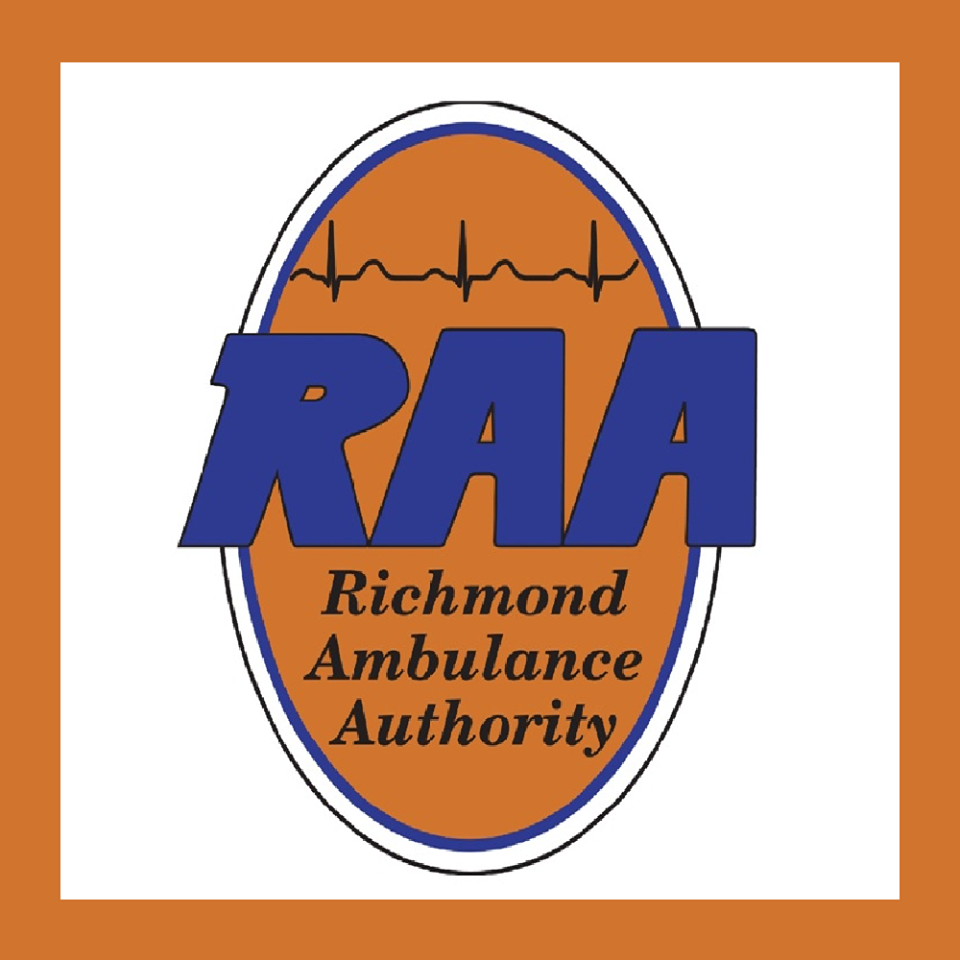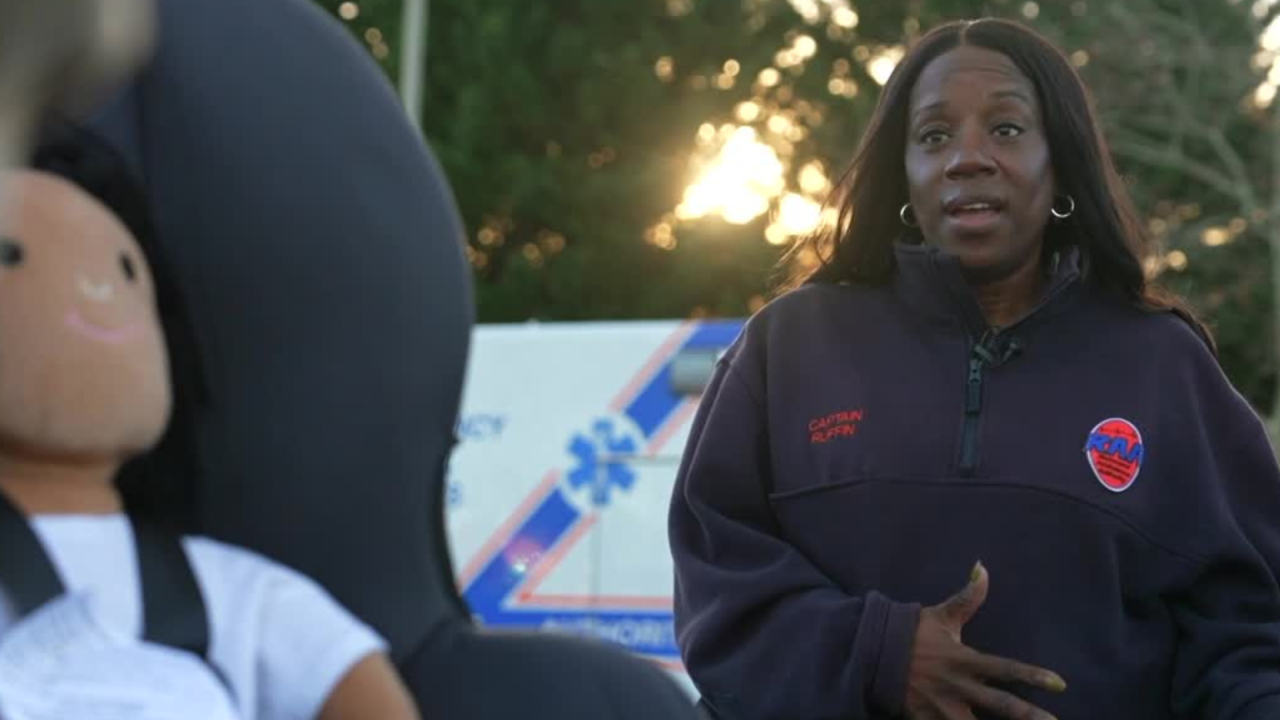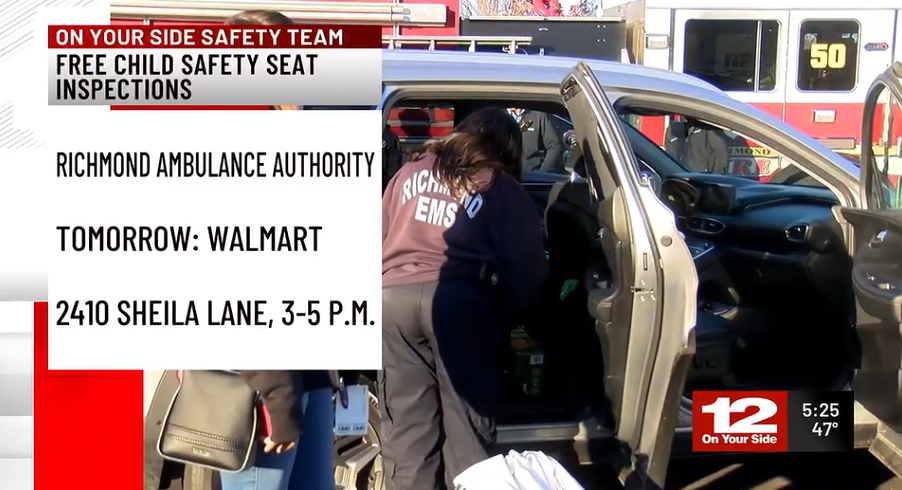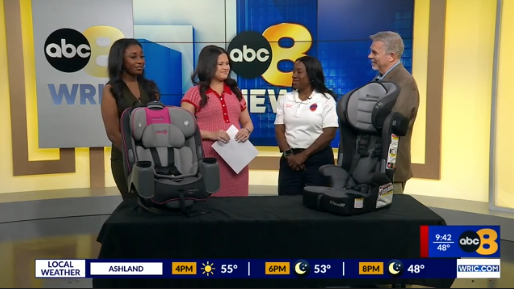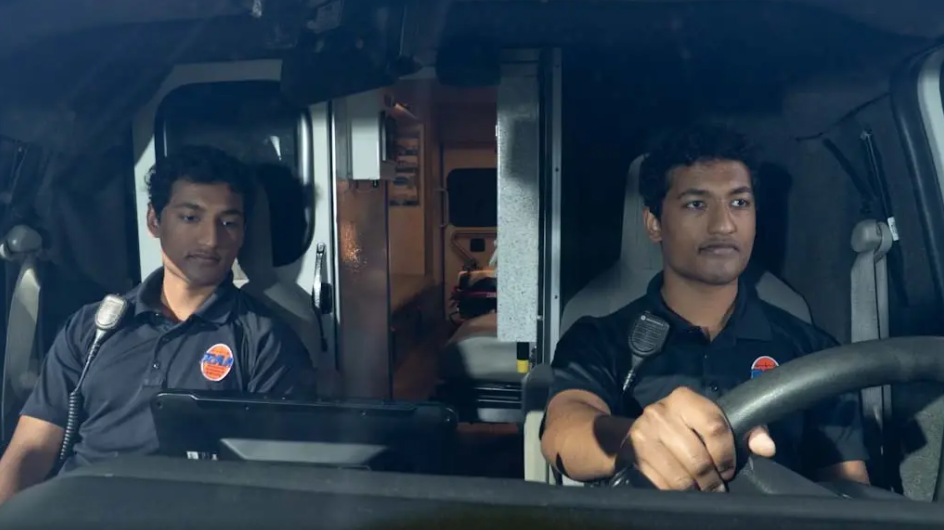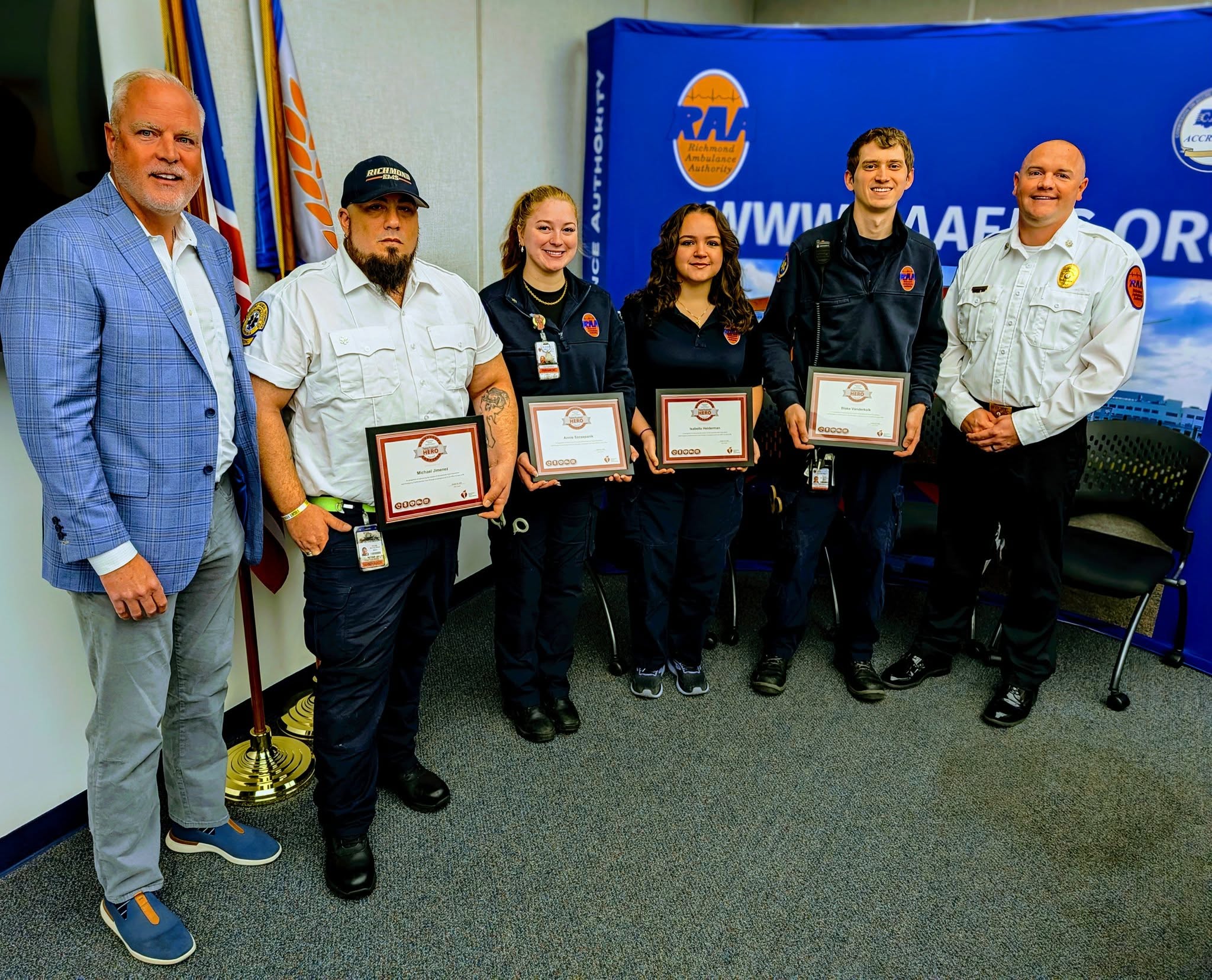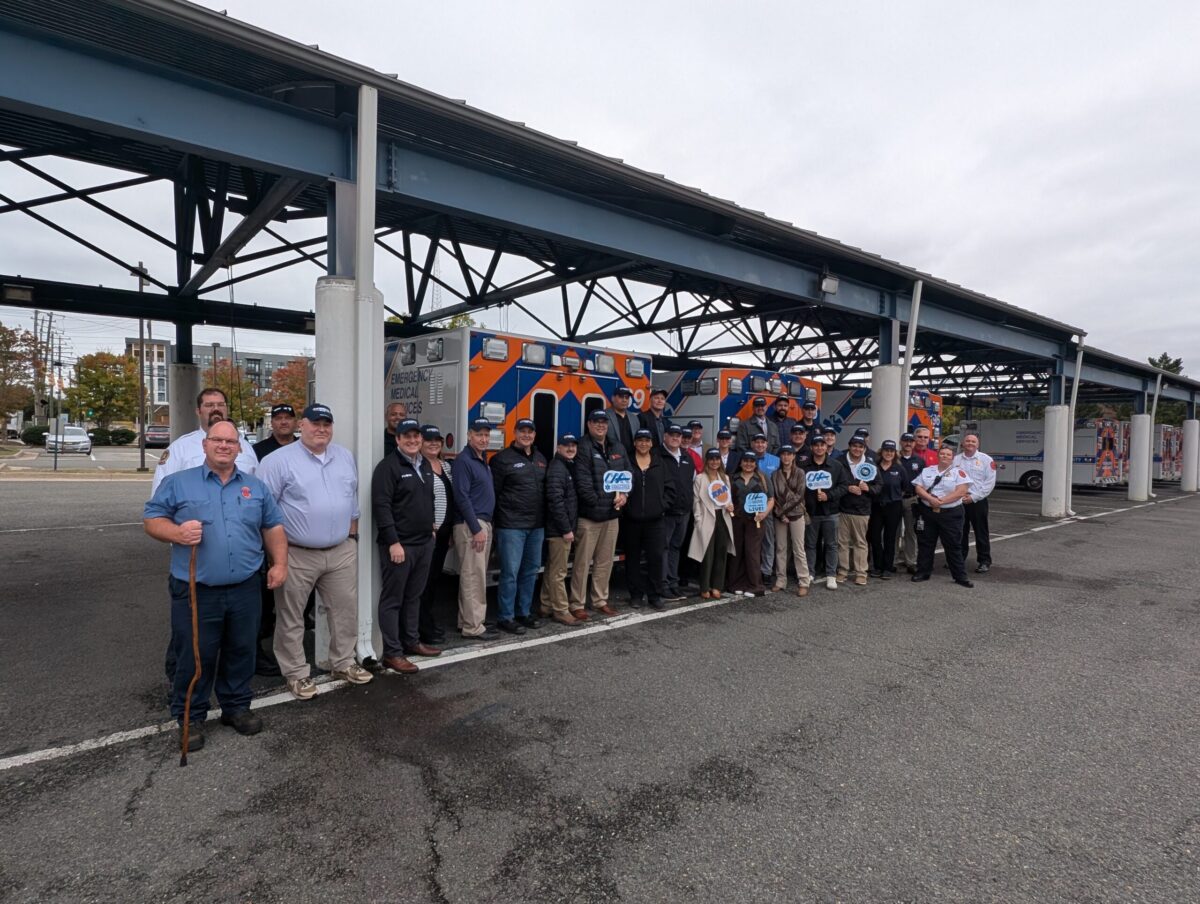May Is Motorcycle Safety Awareness Month
As temperatures rise, more motorcyclists will be taking to the roads. Over the past decade, the number of registered motorcycles has increased 14%, according to the National Safety Council (NSC). While riding offers excitement and freedom, it also comes with significant risks. May is National Motorcycle Safety Awareness Month and AAA is reminding everyone to take extra precautions when driving around motorcycles and to Share the Road safely and responsibly. The Richmond Ambulance Authority (RAA), asks all motorcycle riders to take advantage of its groundbreaking motorcycle safety program, Rider Alert.
Motorcycle riders continue to be overrepresented in fatal traffic crashes. According to data from the National Highway Traffic Safety Administration (NHTSA), in 2023, there were 6,335 motorcyclists killed in traffic crashes, representing 15% of all traffic fatalities.
Speeding remains a critical factor. Of the motorcycle operators involved in fatal crashes in 2023, 36% were speeding, compared to 22% of all passenger car drivers. Motorcycle riders 21 to 24 years old involved in fatal crashes had the highest speeding involvement at 54% in 2023.
Impairment also played a role in motorcycle fatalities. Of the 2,171 motorcycle riders who died in single-vehicle crashes in 2023, 41% were alcohol-impaired.
“The number of motorcyclists killed continues to be troubling, especially with motorcyclists representing 15% of all traffic fatalities on our nation’s roadways,” says Morgan Dean, Manager for Public and Government Affairs for AAA Mid-Atlantic in Virginia. To ensure the safety of all road users, AAA, Richmond Ambulance Authority, NHTSA, and other traffic safety advocates are urging drivers and motorcyclists to share the road safely, obey the rules of the road and be alert.
Virginia Statistics
In Virginia in 2024, there were 2,245 motorcycle-involved crashes, resulting in 117 deaths according to DMV. More than 1,800 others were injured in motorcycle-involved crashes in the Commonwealth.
Helmet Use
According to NHTSA, motorcycle helmet use increased among motorcycle riders to nearly 74% in 2023. Similarly, among motorcycle riders with passengers, helmet use increased to more than 72%.
Motorcycle helmet laws vary by state. Unfortunately, only 17 states and the District of Columbia require all riders (universal law) to wear them, according to the Insurance Institute of Highway Safety. In Virginia, helmets are required by all riders. Helmet use continues to be significantly higher in states that require all motorcyclists to be helmeted than in states without a helmet requirement
Motorcycle helmets are estimated to be 37% effective in preventing fatal injuries to motorcycle operators and 41% effective for motorcycle passengers.
“The importance of motorcyclists and their passengers wearing a helmet cannot be overstated,” says Dean. “Like those who don’t wear seat belts, motorcyclists and their passengers who don’t wear helmets, are much more likely to be killed or suffer serious injuries in the event of a crash.”
Rider Alert
RAA, in partnership with the Department of Motor Vehicles (DMV) and Bon Secours, launched the Rider Alert motorcycle safety program in Richmond, Virginia, on April 12, 2011. The program, designed to help save lives, provides free identification data cards that can help first responders by providing rapid and accurate medical information about motorcyclists involved in serious crashes.
Rider Alert cards are placed inside riders’ helmets and contain vital, life-saving information, emergency contact and any important medical history. When first responders arrive on the scene of a motorcycle crash, a one-inch, round decal on the outside of the helmet will indicate that the biker has the Rider Alert card. The sticker also warns bystanders not to remove the helmet, which could prevent further injury.
Since its launch, the Rider Alert program has provided tens of thousands of decals and cards to motorcycle riders and clubs across the country. The decals and cards are provided free of charge. Anyone interested in learning more about the program or interested in requesting decals and cards from RAA can visit www.rideralert.org
“The Rider Alert program continues to be a simple yet powerful tool helping riders across the U.S. be prepared in the event of a crash,” said RAA CEO Chip Decker. “The medical information contained in these cards could literally save a life by providing first responders what they need to help riders in an emergency.”
AAA Mid-Atlantic Shares Safety Tips for Motorcyclists and Motorists
Safety Tips for Motorists
- Share the road. A motorcycle has the same privileges as any other vehicle on the road. Be courteous and give the motorcyclist a full lane of travel.
- Look out. Look for motorcyclists on the highway, especially at intersections when a cyclist may be making a turn or changing lanes. Clearly signal your intentions.
- Anticipate a motorcyclist’s maneuvers. Obstructions (debris, potholes, etc.) that you may ignore or not notice can be deadly for a motorcyclist. Anticipate their possible evasive actions.
- Allow plenty of space. Do not follow a motorcycle too closely. Allow enough room for the motorcyclist to take evasive actions.
- Keep your cool. Even if you get agitated seeing a motorcyclist making unsafe moves, do not attempt to play games on the road.
Safety Tips for Motorcyclists
- Make yourself visible. Choose protective gear that provides visibility and protection. This includes wearing bright colors. If riding at night, wear clothing with reflective materials.
- Allow space. Position your bike in the lane so that you can be seen. Allow additional space for emergency braking and room to maneuver. Avoid riding in a motorist’s blind spot. Make lane changes gradually and use appropriate signaling.
- Never share a lane beside a car. A driver may be unaware of your presence. Most drivers are looking for larger vehicles, not motorcycles.
- Clearly signal your intentions. Use turn signals before changing lanes and never weave between lanes.
- Complete a motorcycle rider education and training course. The overwhelming majority of motorcyclists have had no formal training – they were self-taught or learned from family and friends. Get professional training on how to be a defensive driving motorcyclist. In Virginia, motorcycle operators who take the Virginia Rider Training program are not required to complete motorcycle knowledge exam or road skills test. Virginia DMV has info about Rider Training programs available across the state.
- Wear protective gear.
- Helmet – Always wear a U.S. DOT-approved helmet. It can save your life and it is the law in Maryland.
- Eye protection – Visibility is key to riding safely. Many motorcycles do not have windshields. Riders should protect their eyes with goggles that can shield the face from wind and debris, both of which can cause tearing and, blurred vision.
- Body Protection – Jackets with long sleeves and trousers protect limbs from injury.
- Gloves – Durable gloves should be a non-slip type to permit a firm grip on controls.
- Footwear – Proper over-the-ankles footwear should be worn to help prevent injuries.
About AAA:
AAA provides automotive, travel, and insurance services to more than 65.2 million members nationwide and more than 1.2 million members in Virginia. AAA advocates for the safety and mobility of its members and has been committed to outstanding road service for more than 100 years. AAA is a non-stock, membership corporation working on behalf of motorists, who can map a route, find local gas prices and electric vehicle charging stations, discover discounts, book a hotel, and track their roadside assistance service with the AAA Mobile app (AAA.com/mobile) for iPhone, iPad and Android. For more information on joining or renewing a Membership, visit www.AAA.com.
